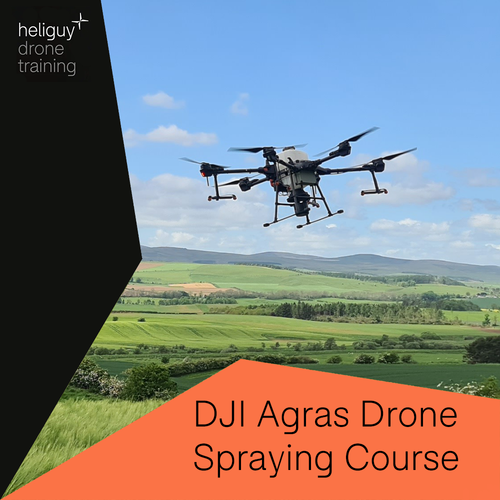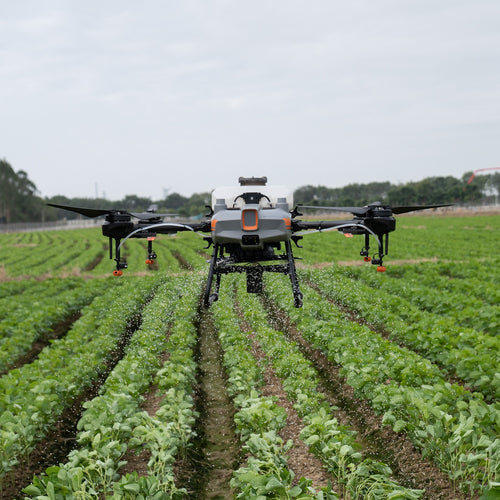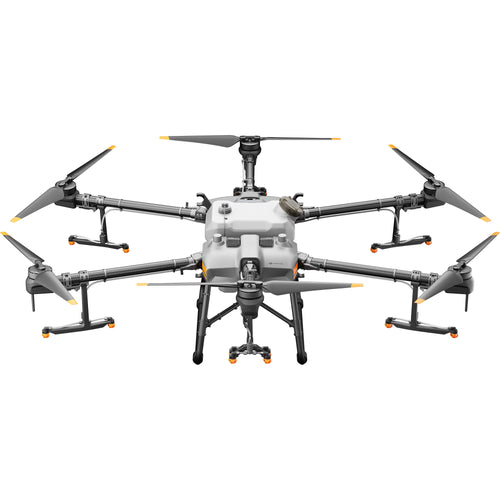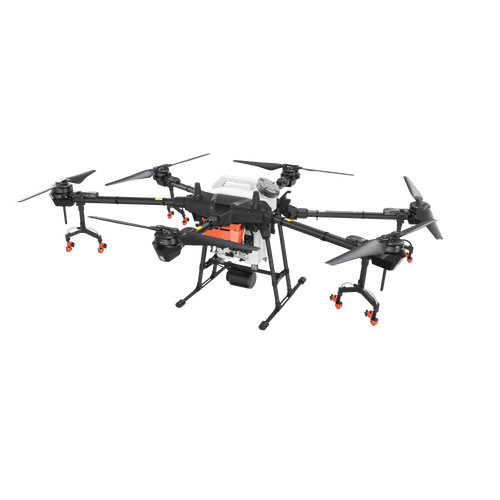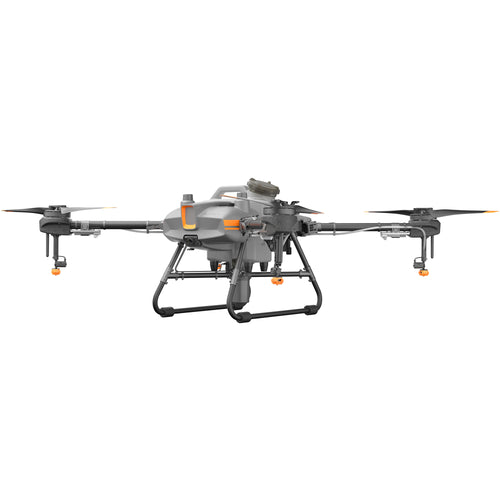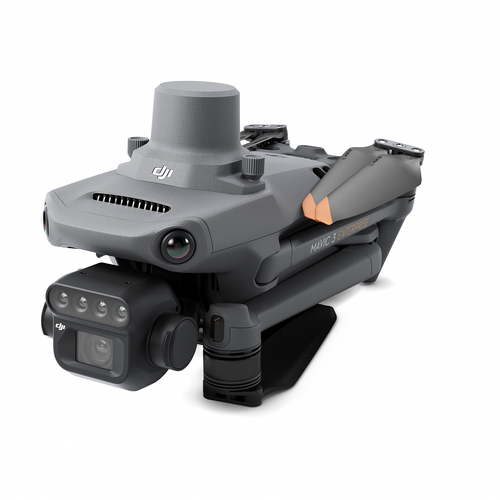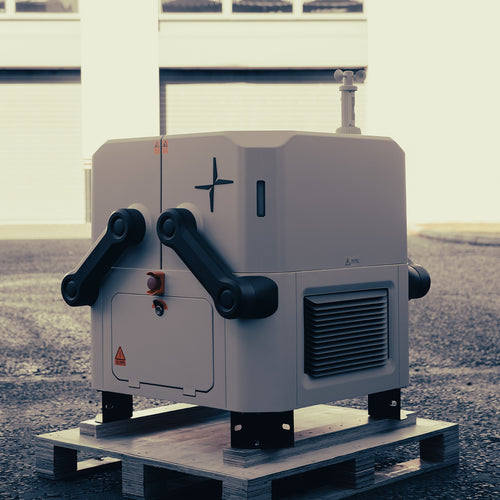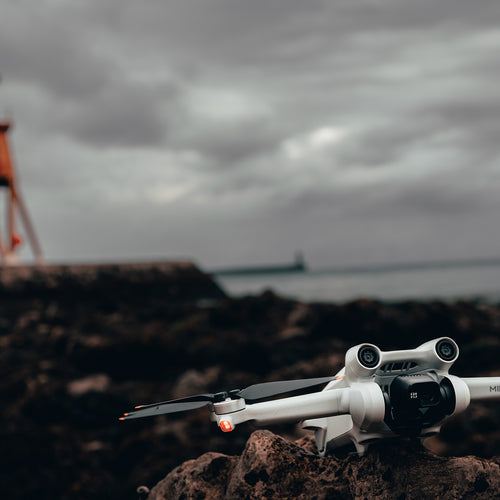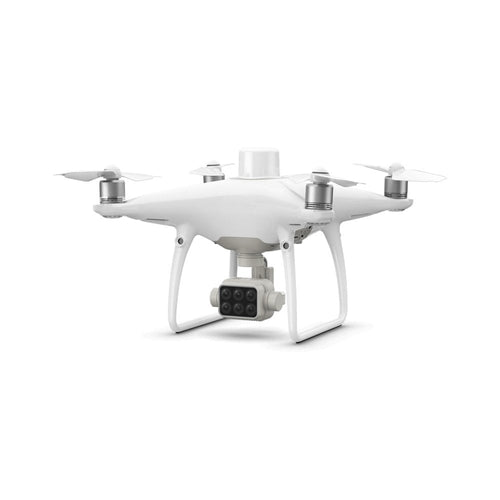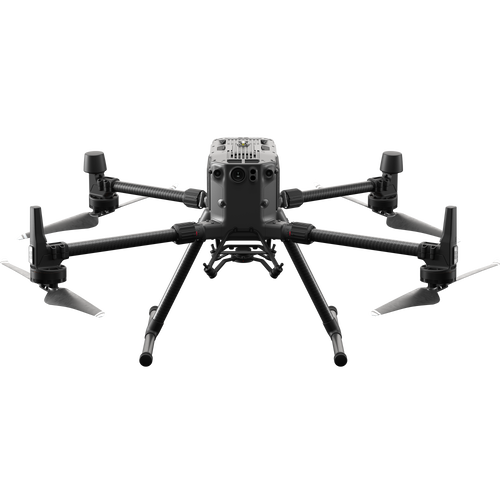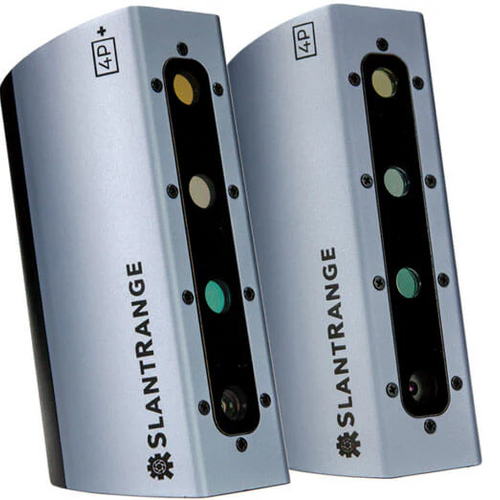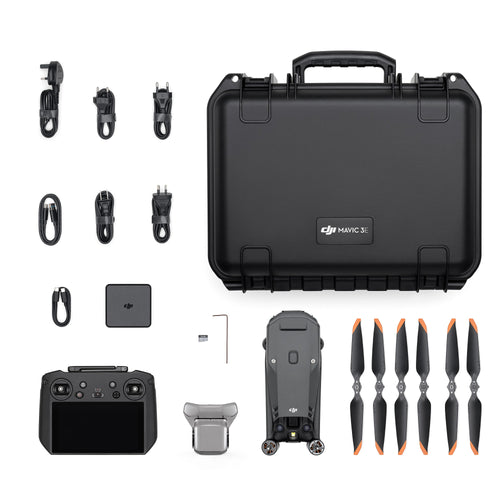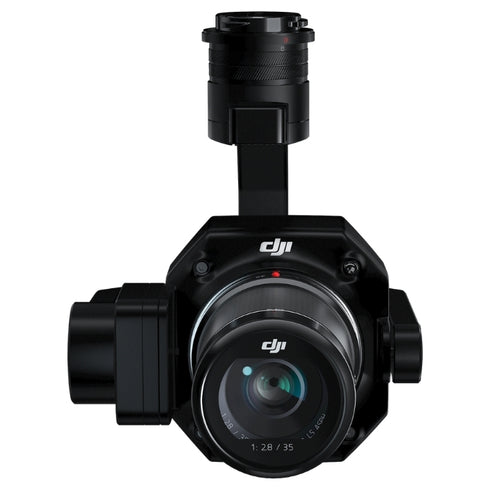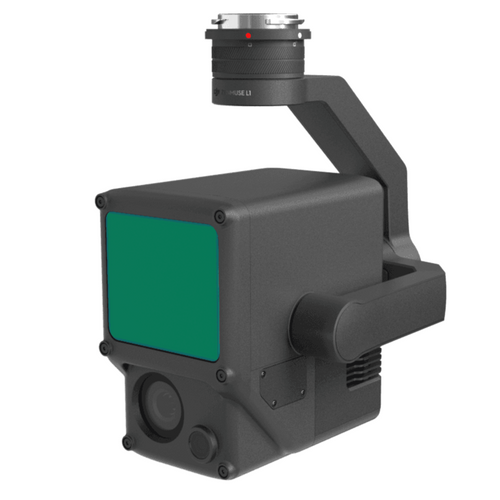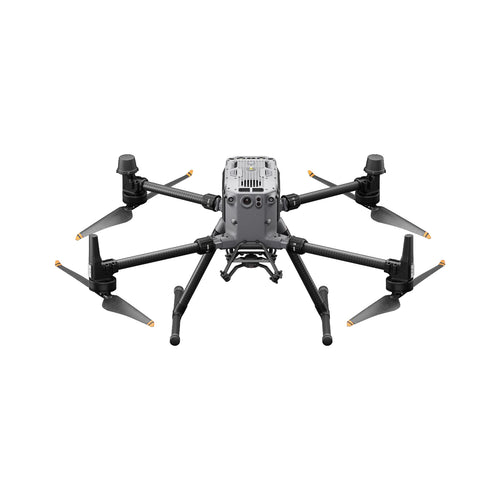Drones for Agriculture
Farming Drones
Data-driven agriculture for the new generation of farmer
For centuries farmers have walked their fields monitoring the health of their crops. It is a time-consuming process. But this is changing.
Agriculture drones are becoming a key driver of innovation: Helping the new generation of farmers automate crop spraying and seeding, monitor and inspect crop growth and improve farming efficiency, leading to increased outputs and maximising productivity.
Precision Agriculture
Crop spraying, seed spreading and land surveying.
Specialist drones like the DJI Agras range can automate crop spraying and seed spreading, and mapping data from drones like the DJI Mavic 3 Enterprise and Mavic 3 Multispectral can be deployed to obtain vital insights.
All in one software solutions like Skippy Scout can be used to plan and execute drone missions, and provide real-time data on the health of crops.
On-demand and high-resolution drone data is perfect for capturing and accurately reporting events that lead to economic loss, like crop injury and reduced health.
Drones cover areas more quickly, offer real-time insights, are more precise than traditional methods, and are non-evasive to crops.
In a nutshell, drones provide vital data which helps farmers and growers monitor, plan and manage their farms more effectively - saving time and money in the process.
Up to 200 acres
Covered in a single flight
85% lower planting costs
When using 3D field mapping and soil analysis with drones.
$1.3 billion annually
Could be saved by corn, soybean, and wheat farmers by using drones, says one study.
$4.8 billion
Is the predicted figure that the agricultural drone market will grow to by 2024.
How Can Drones Be Used In Agriculture?
The versatility of drones and their sophisticated sensors enables farmers to utilise the technology for a number of reasons. These include:
- Crop Monitoring: Drones and specialist software like Skippy Scout monitor crops accurately and more cheaply than traditional methods and offer key insights into crop development, as well as highlighting inefficient and ineffective practices.
- Soil and Field Analysis: Drones can produce 3D maps, quickly and cheaply, which help farmers make important decisions about seed-planting pattern design and nitrogen-level management, for example.
- Health Assessment: Drones can capture multispectral data to help farmers gather key insights into crop health. Such early intervention is crucial to remedy any issues.
- Irrigation: Drones equipped with monitoring equipment can identify areas of a field experiencing hydric stress (lack of water). Thermal sensors provide crucial information, allowing targeted diagnosis of areas receiving too much or too little water.
- Aerial Planting: Drones can fly over a potential planting zone to monitor the best areas for growth. They can then drop biodegradable pods, filled with seed and nutrients, into the ground.
- Herd Management: Farmers are deploying drones to monitor livestock. In some cases, drones with loudspeakers, like the CZI LP12 for M30 and MP130 for M300 RTK, and DJI Loudspeaker for M3E are used for animal movement, playing a pre-recorded dog bark. Farmers say this method puts less stress on the herd.
- Crop Spraying: DJI Agras spraying drones can cover large areas quickly, applying liquids with great precision.
- Insurance: Drones can play a key role in insurance, at both the pre-and-post-claim stage. Using a drone helps for site inspection, claims decisions, fraud prevention, and risk management.
Farm Drone Use Cases
Learn more about how farm drones are transforming agirculture.
Drone Software For Agriculture
Skippy Scout Software
Automated Crop Monitoring Software
Skippy Scout is an innovative and automated crop-scouting app, automating off-the-shelf DJI drones to photograph and analyse crops in a matter of minutes and enabling agricultural professionals to view their fields like never before.
Conduct fully-automated, pre-programmed and targeted drone flights to obtain field overviews and close-up imagery for analysis.
Then receive field reports on crop health, problems and progress in a matter of minutes - viewable from anywhere - for real-time, data-driven decision-making.
Use Skippy Scout for:
- Actionable crop-specific analysis, from seed to harvest.
- High-resolution drone imagery to count crops, including oil seed rape.
- Check for unhealthy leaves and pest damage.
- Plot to apply the correct levels of variable rate nitrogen.
- Post-flowering ratios for an accurate report of interplaying pod development, ripening and senescence ratios of oil seed rape.
Smart Agriculture Workflows
Harness The DJI Ecosystem For A Complete Farming Solution.
DJI has launched a complete farming solution, from planning to operation, conducted entirely from drones and associated software.
This comprehensive package makes agricultural practices more efficient by combining a range of drones, such as the DJI Agras series and the DJI Mavic 3 Multispectral.
DJI Terra - a drone mapping software package - can also be utilised in this DJI farming ecosystem to produce agricultural maps from the collected drone data and generate targeted flight paths.
Meanwhile, Drone Ag's Skippy Scout software can be used as part of a DJI drone agriculture workflow: Use Skippy Scout to automate drone crop scouting and mapping to quickly and accurately diagnose issues in the field, and then tackle these problems through precise and targeted spraying with DJI Agras.
The information below - within the orange bar titled Farming Drone Workflows - shows how multiple DJI platforms can be brought together to provide an end-to-end precision agriculture package.
Farm Drone Case Studies
Real-world stories highlighting the benefits of deploying UAS for farming.
Drones Vs Satellites
Which imaging method is best for agriculture?
Drones are more efficient and more effective for farming than manual methods. But how do they compare to satellites?
In truth, both have their advantages, and come down to the specific application.
However, there are certain times when drones have the advantage.
Take cloud cover, for example. Satellite imagery can be severely affected by cloud cover, limiting what can be seen. A drone, on the other hand, can fly closer to the earth, below the cover of cloud, to obtain the data you need.
There's also the issue of satellites flying around the earth within a certain time. If you want immediate data capture, it can be best to deploy a drone.
Because drones can fly closer to the ground, they can collect extremely precise data, taking shots to distinguish a weed or a crop, or show each particular plant. Because of its distance from the earth, a satellite can't capture that level of detail.
However, if high-precision is not a priority, then satellites can have the advantage, especially over big farms where they can cover a larger area.
Thanks to their wide scope, the collected image is complete, eliminating the need for image stitching. In contrast, because drone shots capture smaller areas, image stitching is needed following drone flights.
Another advantage of using satellites is that their records go further back. Thanks to this archive data, you can time travel and build a longer picture of your farm.
But, while the drones versus satellite question is valid, it doesn't always have to be a choice between the two. Rather, using them together can be extremely useful, spotting an initial problem through a satellite and then deploying a drone to hone in on the issue and tackle it precisely and quickly.
